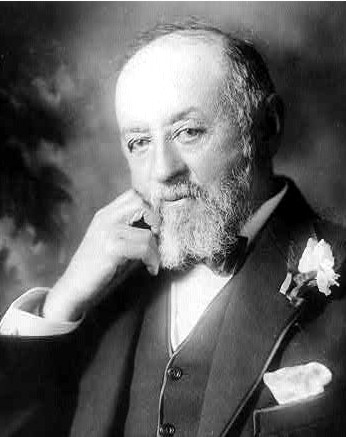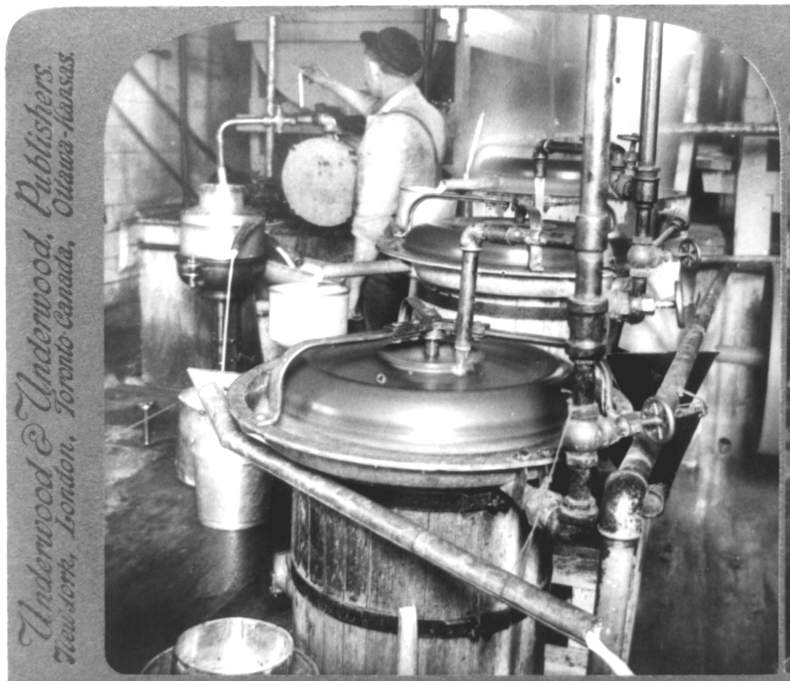 Pasteurized
Milk: Pasteurized
Milk:
A Progressive Era food story
Have you noticed the word pasteurized
is always on the label of milk containers? Do you know that safe
milk is one of the greatest achievements of reformers during the
Progressive Era?
Here's the back
story:
Milk from cows can easily become contaminated with
dangerous
germs - especially the germs that cause tuberculosis (a lung disease)
and typhoid fever. Before around 1910, many thousands of children
and adults died every year from diseases that spread in raw milk.
A French doctor named Louis
Pasteur discovered in the mid-1800s that heating milk to about
160 degrees for a short period of
time kills the dangerous germs that can grow in milk.
Unfortunately, this technique of "pasteurizing" milk was
not put into practice very widely.
Jump to New York
City:
 A man named Nathan
Straus became a
champion for pasteurization. He was a Jewish immigrant from
Germany, and built up a successful business in New York City selling
china and glassware. A man named Nathan
Straus became a
champion for pasteurization. He was a Jewish immigrant from
Germany, and built up a successful business in New York City selling
china and glassware.
Straus did so well he even became one of the owners of
Macy's department store!
By the
1890s Straus was also devoting himself to efforts to improve life for
children in the poor and crowded neighborhoods of New York City.
He was shocked by the high death rate of these children from
diseases.
Straus and his wife began using their own money to pay for
more research into
pasteurization of milk. This research proved that making milk
safe would save thousands of children's lives.
The Straus family paid for programs to encourage the use
of
pasteurized milk in New York and other big cities. The effort
soon attracted
others, including medical experts, who began pushing for laws to
require pasteurization of milk.
Success
at last:
In 1907, with the Progressive Movement in full swing,
President Theodore Roosevelt asked a federal government office to look
into the issue. The Public Health Service made its report the
next year. It said that pasteurization would save many
lives. A few milk companies were already using the technique, but
others objected to attempts to pass a law about it.
An epidemic of typhoid fever in 1913 finally convinced New
York City officials to pass a law requiring milk to be
pasteurized. Within a few years, most other large cities passed
similar laws. The effect was immediate. Many fewer children
were dying from diseases linked to bad milk.
Today, national laws require all milk sold in the U.S. to
be pasteurized, and milk is one of the very safest foods.
Below: This photo from 1910 shows a dairy operation
with equipment installed for pasteurizing milk.

|